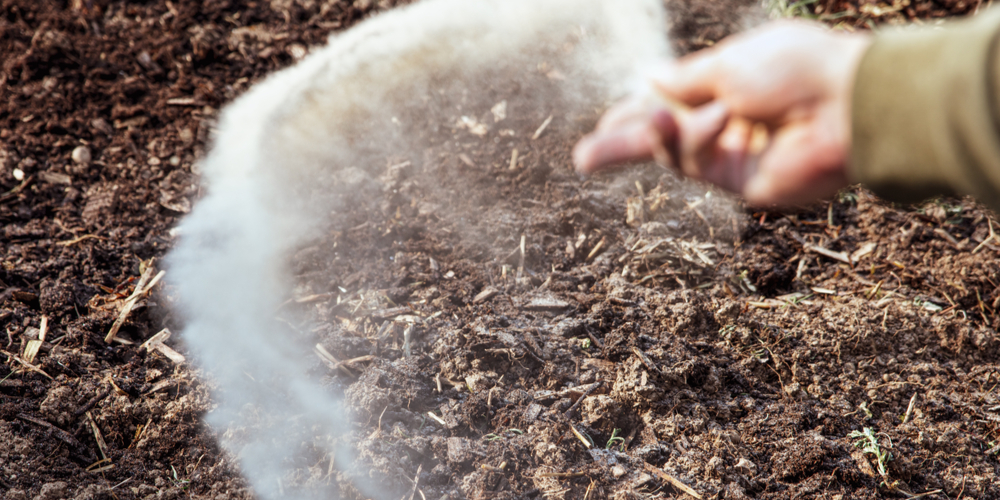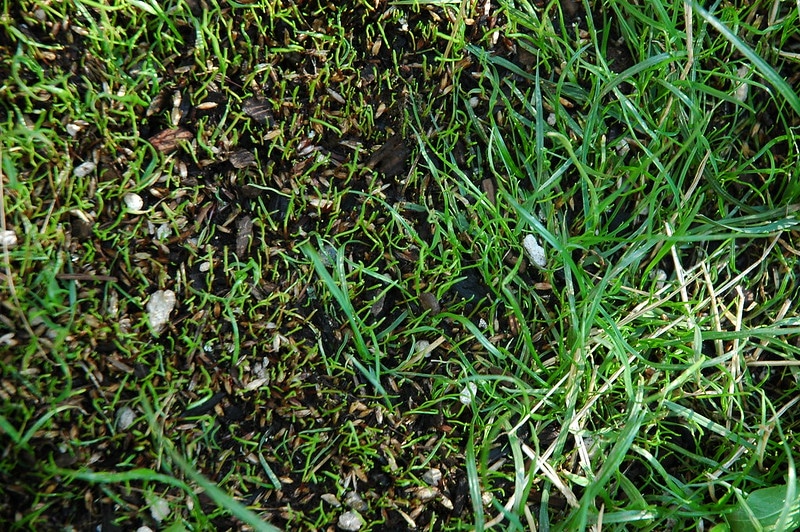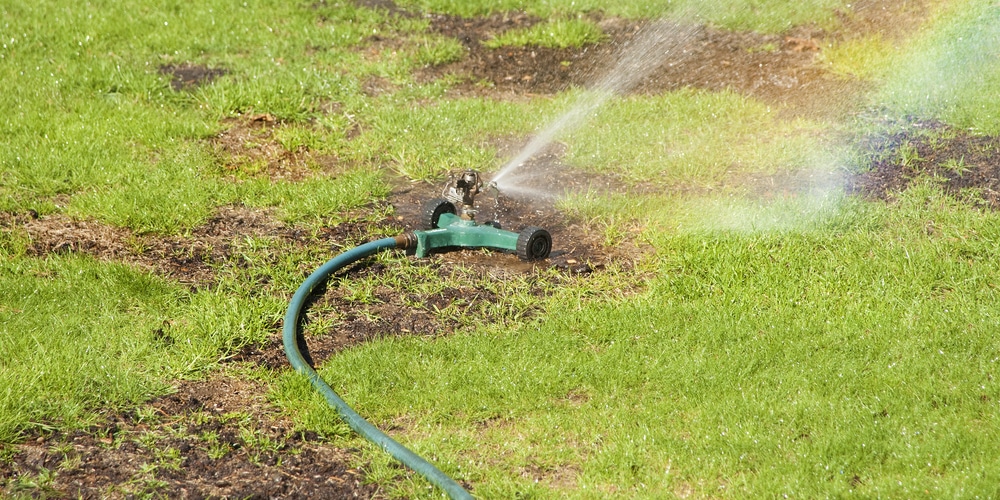Water-Saving Grass Seeds: How to FindDrought-Resistant Varieties
Exploring drought-resistant grass varieties is essential if you’re aiming to cultivate a lawn that thrives with minimal water. These grasses boast specialized traits and adapt successfully to arid environments.
What Makes Seed Have Good Drought Resistant Qualities?
Drought-resistant grass species have unique features that distinguish them from conventional grasses:
- Deep Root Systems: These grasses develop deep roots that penetrate further into the soil, reaching moisture in lower soil layers.
- Leaf Structure: A narrow leaf blade minimizes water loss, while some varieties have a waxy coating that reduces evaporation.
- Growth Patterns: Drought-tolerant grasses often grow more slowly, requiring less frequent mowing and maintenance.
- Resilience: These grasses can recover quickly from stress conditions and can go dormant in extended dry periods without dying.
Through scientific research, understanding of these characteristics is continuously expanding, aiding the development of even more efficient varieties.
Adaptation to Low-Water Conditions
The ways in which drought-resistant grasses adapt to low-water environments are vital for their survival:
- Efficient Water Usage:
- Grasses prioritize root growth over leaf development during drought, ensuring access to moisture.
- Some operate on a C4 photosynthetic pathway, which facilitates more efficient water use in high temperatures and intense sunlight.
- Turf Density and Coverage:
- Drought-tolerant grasses maintain turf density to protect soil from the sun, which preserves moisture.
- The ability to maintain a covering also prevents weeds, reducing the need for additional water and lawn treatments.
Selection of the right drought-tolerant grass depends on your climate and specific needs. Warm-season types like bermudagrass are bred for resilience to dry conditions, providing options that balance environmental concerns with aesthetic and functional lawn qualities.
Selecting the Right Grass Seed
When opting for water-saving grass seeds, your selection must reflect the specific climates and soil types of your region while considering the maintenance level you’re willing to commit to.
Assessing Climatic Zones
- Research Your Area: Each climate zone has grass varieties that thrive best within its specific conditions.
- Research Your Area: For instance, cool-season grasses such as Kentucky bluegrass demand less water in northern regions, while warm-season varieties like Bermuda grass are more drought-resistant in southern areas.
- Zone-Specific Varieties: To save water effectively, choose grasses suited to your region, such as Tall Fescue for transition zones that offer drought tolerance and a deep root system.
Soil Considerations for Grass Planting
- Soil Type: Your soil’s ability to retain water and nutrients is crucial.
- Soil Type: Sandy soils drain quickly and may require more drought-resistant varieties, while clay soils hold moisture longer but might need grasses that can deal with wet conditions.
- Soil Testing: For accurate adjustments, get a soil test to determine pH levels and nutrient content.
- Soil Testing: Grasses like Ryegrass prefer neutral pH levels, and adjusting your soil beforehand can lead to better growth and water efficiency.
Maintenance Requirements of Different Varieties
- Low-Maintenance Grasses: Varieties like Bermuda grass and Zoysia require less frequent mowing, reduced watering, and can better withstand drought conditions.
- Low-Maintenance Grasses: This means less work for you and more resilience in your lawn.
- High-Maintenance Grasses: Some high-maintenance grasses may have higher water needs or require more regular feeding and aeration.
- High-Maintenance Grasses: Knowing the care level of each type lets you gear your choice towards a grass seed that fits into your lifestyle and garden routine seamlessly.
Planting Techniques for Drought Conditions
When planting grass seed in areas prone to dry conditions, selecting the right seed and employing effective planting techniques are crucial for water conservation and landscape resilience.
Best Practices for Seeding
- Soil Preparation: Begin with a well-prepared seedbed that’s loose, leveled, and free of debris. This promotes good seed-to-soil contact and improves germination rates.
- Appropriate Timing: Plant during the cooler parts of the year when there is less stress from heat and evaporation.
- Appropriate Timing: For cool-season grasses, early fall is ideal, while late spring works better for warm-season varieties.
- Selection of Seed: Choose drought-resistant grass varieties like Bermuda, buffalo grass, or fescue, as they require less water and can thrive in harsher conditions.
- Seeding Rate and Depth: Sow seeds at the recommended rate and at a shallow depth of about 1/4 to 1/2 inch, ensuring that they’re not too deep to access sunlight and moisture.
- Regular Monitoring: After seeding, keep an eye on the soil moisture.
- Regular Monitoring: It should be damp but not waterlogged to encourage the growth of the young grass plants.
Establishing Deep Root Systems
For grasses to withstand prolonged dry periods, deep root systems are essential:
- Initial Watering: Post-seeding, water your lawn lightly but frequently to encourage germination, then gradually transition to longer, less frequent watering to promote root growth deeper into the soil.
- Use of Mulches: Apply a thin layer of organic mulch or use products like hydromulches to preserve soil moisture and temperature, which aids in root development.
- Select Proper Fertilizers: Employ low-nitrogen, slow-release fertilizers that support root growth rather than fast leaf development.
- Aeration: Regularly aerate your lawn to reduce soil compaction, facilitating root expansion and better water infiltration.
Irrigation and Conservation Strategies
The key to maintaining a healthy lawn in the face of drought conditions lies in adopting effective irrigation and conservation strategies.
Efficient Watering Methods
- Timed Irrigation: Set up a timer for your irrigation system to water during the coolest parts of the day to minimize evaporation.
- Drip Irrigation: Utilize drip lines to deliver water directly to the root zone, reducing runoff and waste.
- Soil Moisture Sensors: Install sensors to provide water only when necessary, based on soil moisture levels.
- Cycle and Soak Method: Implementing short watering cycles interrupted by soaking periods allows for better water absorption and prevents wastage through runoff.
Mulching and Ground Cover to Reduce Evaporation
- Organic Mulches: Apply organic mulch around your plants to retain soil moisture and reduce evaporation rates.
- Ground Cover Plants: Plant drought-tolerant ground covers to shade the soil and reduce surface evaporation.
- Synthetic Mulches: Consider using synthetic mulch options like landscape fabrics that allow water through but reduce water loss.
Frequently Asked Questions
Choosing drought-resistant grass seeds like Kentucky 31 Tall Fescue can significantly reduce your lawn’s water consumption. This section will address common questions to help you maximize the benefits of using such water-saving seed varieties.
What is the ideal planting season for drought-resistant grass varieties like Kentucky 31 Tall Fescue?
The best time to plant Kentucky 31 Tall Fescue is during early fall or spring. These seasons allow the grass to establish itself during mild weather, preparing it for hotter, drier conditions.
How does Kentucky 31 Tall Fescue compare to other tall fescue varieties in terms of drought resistance?
Kentucky 31 is known for its excellent drought tolerance compared to other tall fescue varieties. Its deep roots help it access moisture from deeper in the soil, making it more resilient during dry spells.
Are coated or uncoated Kentucky 31 grass seeds more effective for water conservation?
Coated Kentucky 31 seeds often result in better water conservation. The coating can enhance moisture retention around the seed, supporting germination and early growth even in dry conditions.
What are the germination requirements for Kentucky 31 grass seed, including optimal temperature and moisture conditions?
For successful germination, Kentucky 31 grass seed requires:
- Temperatures between 50-65°F (10-18°C).
- Consistent moisture during the first few weeks after planting, but avoid waterlogging.
Can Kentucky 31 Tall Fescue be used effectively in pasture settings and is it suitable for grazing purposes?
Yes, Kentucky 31 Tall Fescue is suitable for grazing and can be effectively used in pasture settings.
Its drought resistance makes it reliable for foraging even in less irrigated areas.
What are the water requirements and conservation benefits of using Kentucky 31 grass seed in residential lawns?
Using Kentucky 31 in residential lawns offers significant water conservation benefits.
After establishment, it requires less frequent watering compared to other grass types. This is thanks to its deep root system that utilizes available soil moisture more efficiently.
Last update on 2025-06-06 / Affiliate links / Images from Amazon Product Advertising API





